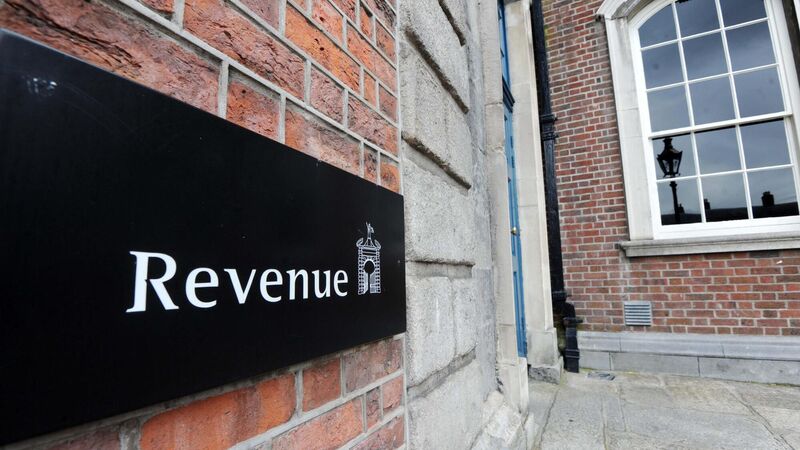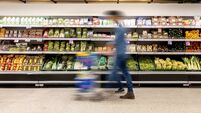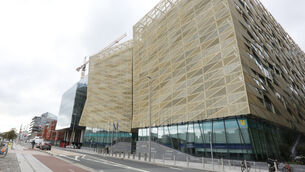PUP numbers fall below total on wage subsidy scheme in May

Revenue figures show there were 298,500 people on the Employment Wage Subsidy Scheme in May and 109,100 people in the first few days of June. File picture
The numbers requiring the Pandemic Unemployment Payment (PUP) have continued to fall steadily, but the large group of retail workers on the scheme points to the potential danger of long-term scarring, with shops fully reopening three weeks ago.
Department of Social Protection figures show there were 285,265 on the PUP this week – down by 24,000 from last week – marking the second week of steady declines since large parts of the economy started to reopen.
The latest figures mean there were fewer people on the PUP this week than on the Revenue-run Employment Wage Subsidy Scheme, or EWSS, through the whole of May.
The Revenue figures, which are compiled on an aggregate week-by-week basis, show there were 298,500 people whose wages were subsidised by the public purse through May and 109,100 people who required the EWSS scheme in the first few days of June.
Social Protection Minister Heather Humphreys hailed the PUP figures as "very encouraging", saying "more and more people" will likely return to work over the summer.
However, economists point to the almost inevitable fallout from the crisis of long-term unemployment in major employment sectors such as retail and wholesale, as well as accommodation and food service.
At 84,790, the latest PUP figures show that accommodation and food service sector accounts for the largest share of 30% of all people on the the payment.
Wholesale and retail workers account for the second largest number relying on the PUP, even as the sector reopened fully three weeks ago, with almost 41,700 people, or 15% of the total, relying on the payment this week.
At 27,245, administrative and support workers account for the third largest group, or 9.5% of the total. And at 23,833, construction workers still account for a sizeable share of 8% of the total PUP numbers this week.
Stephen Kinsella, associate professor of economics at the University of Limerick, said he will be looking at labour market figures in August for any signs the economy is facing significant scarring.
Prof Kinsella said the number of people still attached to sectors that have fully reopened and still requiring either the PUP or wage-support schemes by late summer would be evidence of the fallout from the crisis.
However, he said there will likely be scarring in sectors such as retail, as shoppers may stick to online buying and fail to return to large scale stores.
Economist Jim Power said there will be concerns as the summer progresses if some areas that have reopened do not see a fall in PUP numbers. Some employees as well as employers may be reluctant to return fully to work, Mr Power said.
Professor Kieran McQuinn at the Economic and Social Research Institute said it expects the unemployment rate – which includes people on the pandemic payments but not the wage subsidy scheme – to have fallen to 14% through the end of September and to be under 10% through the fourth quarter.
Unemployment was at under 5% at the onset of the Covid crisis, in February last year.










